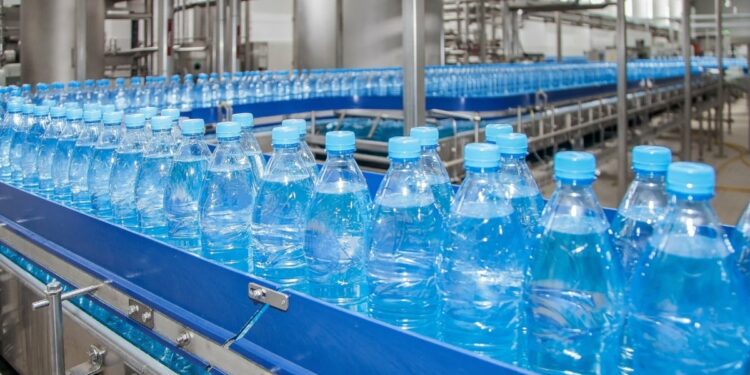Ghana’s Producer Price Inflation (PPI) accelerated to 33% in October 2024, marking a 2.5 percentage point increase from 30.5% in September, according to data released by the Ghana Statistical Service.
The rise reflects mounting cost pressures across key industrial and services sectors, with a month-on-month increase of 3%.
Industrial Sector Fuels Inflation
The Industrial sector, excluding construction, posted a significant jump in inflation, rising to 48.8% in October from 43.3% in the prior month.
Mining and quarrying recorded the highest inflation within the sector at 54.3%, underscoring persistent volatility in input costs.
The Construction sector saw inflation tick up to 31.5%, while the Utilities sub-sector remained subdued, with Water Supply, Sewerage, and Waste Management recording just 4.1%—the lowest among all sectors.
Manufacturing Inflation Surges in Specific Groups
Within the Manufacturing sub-sector, which averaged a 22.7% inflation rate, certain groups experienced outsized price pressures:
Motor Vehicles, Trailers, and Semi-Trailers: Inflation soared to 87.7%, the highest across all sub-sectors.
Basic Metals: Prices surged by 50.8%, reflecting global trends in raw material costs.
Mixed Signals from Services
In the Services sector, the PPI held steady at 12.4% in October. However, sub-sector performances diverged:
Persistent Cost Pressures
Ghana’s latest PPI data underscores broad-based inflationary pressures, with rising costs in critical industrial segments likely to spill over into consumer prices.
As mining, quarrying, and manufacturing sectors grapple with elevated input costs, analysts anticipate continued pricing volatility in the months ahead.
The PPI figures highlight the challenge for policymakers in balancing inflation control with sustaining industrial productivity, particularly as businesses in high-impact sub-sectors face escalating cost burdens.
NorvanReports


















































































